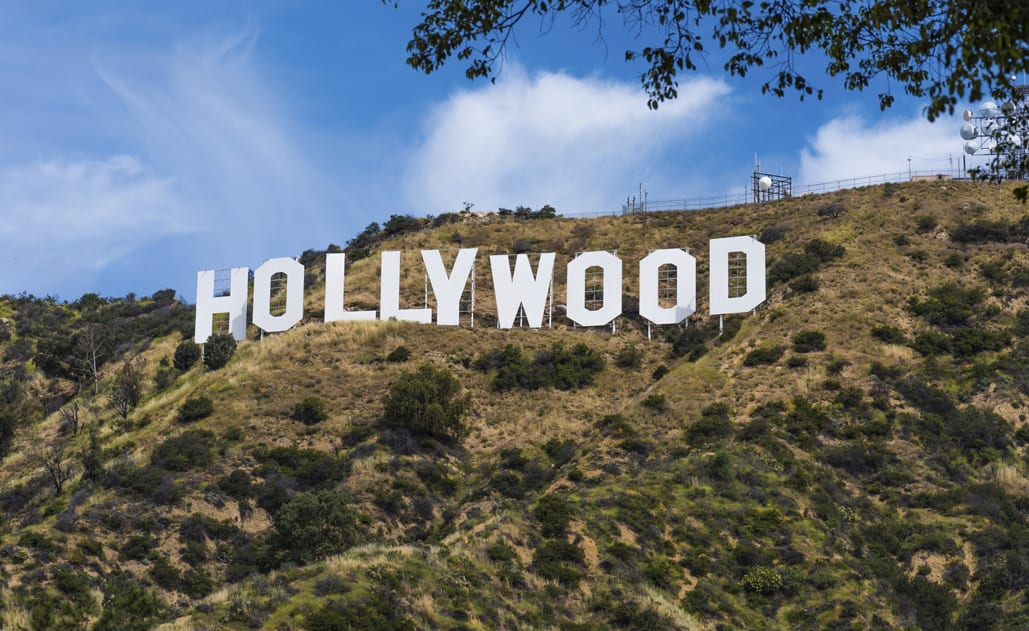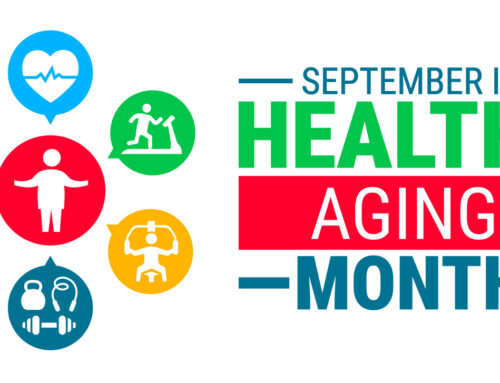Ageism in Tinseltown
For those of you that saw the film, The Graduate, you can’t help but remember the character that Anne Bancroft played. She spent most of the film seducing a young college graduate played by Dustin Hoffman. The ironic thing is that she was only 36 years old when she played the role of the “middle-aged” mother of Katherine Ross. That’s because 36 was considered middle-aged for actresses back then which almost seems ludicrous now. But have things really changed that much for actresses in Hollywood? With the awards season in full swing, it seems like a timely topic for our FirstLantic blog this week.
Ageism and sexism are nothing new in cinema or many other industries for that matter. However, a study conducted by Polygraph shows just how disparate the roles are for female actresses between the ages of 42 and 65 vs male actors in that same age range. The study showed that the older men get, the more dialogue they have in films. However, the opposite is true for females. And the difference is not small. Men spoke 53 million words in the 2,000 screenplays that were studied vs 11 million words for women. Risa Bramon Garcia, a director, casting director, and teacher, says, “The problem happens when writers and producers don’t see women as being sexual after 40 — by sexual I mean complex human beings who are attractive and appealing, vital and powerful, in their 40s and 50s and beyond.”
Even acclaimed actresses that are still working like Meryl Streep have spoken publicly about their concerns. As she famously said, “What films have you seen lately with serious roles for 50-year-old women in the lead?” She said that at the Venice Film Festival in 2006, but that comment would not be out of place now, although it is 13 years later. “The roles they write for women my age,” she said. “are usually some sort of gorgons or dragons or in some way grotesque.”
So, what will it take to see a meaningful shift? Well, one bright spot on the horizon is the increasing number of women directors, writers and producers. While it still remains a small number in total, it is starting to grow, albeit slowly. As female directors like Ana DuVernay and Kathryn Bigelow encounter more commercial success, we may start to see more mature women on screen. And as more actresses decide to determine their own fate by starting their own production companies, we will hopefully see more complicated characters being created for older female actresses as a result.
In addition, as our society ages, people want to see film characters that they can relate to and that are reflections of themselves to a certain degree. Projections show that by 2029 over 20 percent of the population will be 65 or older and the baby boomers on average will have more disposable income that will influence all sorts of decisions. As we start voting our preferences with our wallet, studios may start to take notice and realize that women deserve a place in Hollywood at any age.
For the time being, we will have to take heart in the fact that quite a few actresses over 50 were nominated for Golden Globe and Academy Awards this year including Sandra Bullock (Bird Box), Glen Close (The Wife), Viola Davis (Widows), Nicole Kidman (Destroyer) and Julia Roberts, (Ben is Back). Maybe this is the beginning of a new era in Hollywood.
Click here to read more FirstLantic blogs >
 AVAILABLE 24 HOURS A DAY/7 DAYS A WEEK
AVAILABLE 24 HOURS A DAY/7 DAYS A WEEK Careers
Careers







